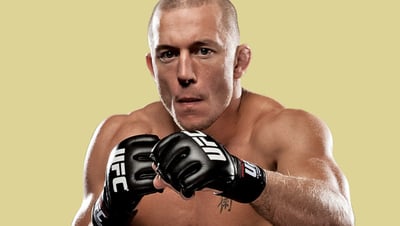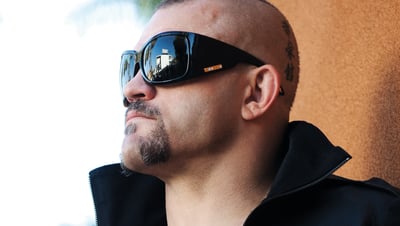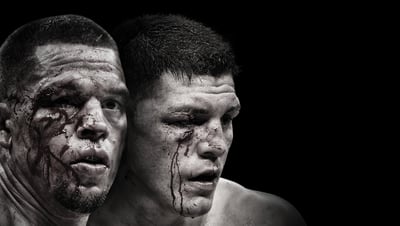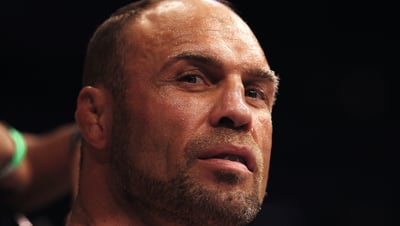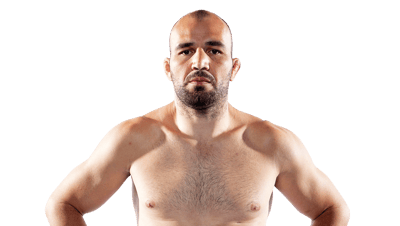
Issue 213
January 2025
Ray Klerck whips out his calculator and consults the science the bookies use to figure out which rounds are ripe for victory and why fighters seem to power up in the second round
Ah, that round one bliss. It’s MMA’s Tinder date. There’s all the hope, excitement, and someone praying for a bailout call from the friends in their corner. First-round finishes usually happen for a reason: adrenaline and high IQ game plans. New research seems to support this notion, showing that most fighters enter Round 1 with the energy of a human Red Bull can while their reflexes are still quicker than a gecko on desert sand. According to Frontiers in Psychology, fighters land a higher percentage of head strikes early in the fight, which is why this round is prime real estate for TKOs and KOs. This research also suggests the opening round often favors high-risk, high-reward tactics. For the tastiest examples, just look at Don Frye versus Yoshihiro Takayama or Cheik Kongo versus Pat Barry. Delicious! The pre-fight hate boils over. Fighters swing as if they’re auditioning for a baseball team. The edges of our seats are firmly occupied.
The round one magic does come at a cost because adrenalin can be a double-edged sword. A paper in the journal Challenges: New Trends in Physical Education, Sport, and Recreation highlights that pacing is crucial to success. High-intensity bursts in Round 1 often lead to exhaustion later, especially for fighters lacking elite conditioning. Today, with advancements in training, fighters handle pacing like a GPS – always taking the most efficient route. However, this research found groundwork success peaks in later rounds, particularly with choke attempts. If you want a one-punch finish, this is your moment to shine. Just don’t burn out trying to find it, or you’ll play catch-up while your opponent might dance their way to a decision win.
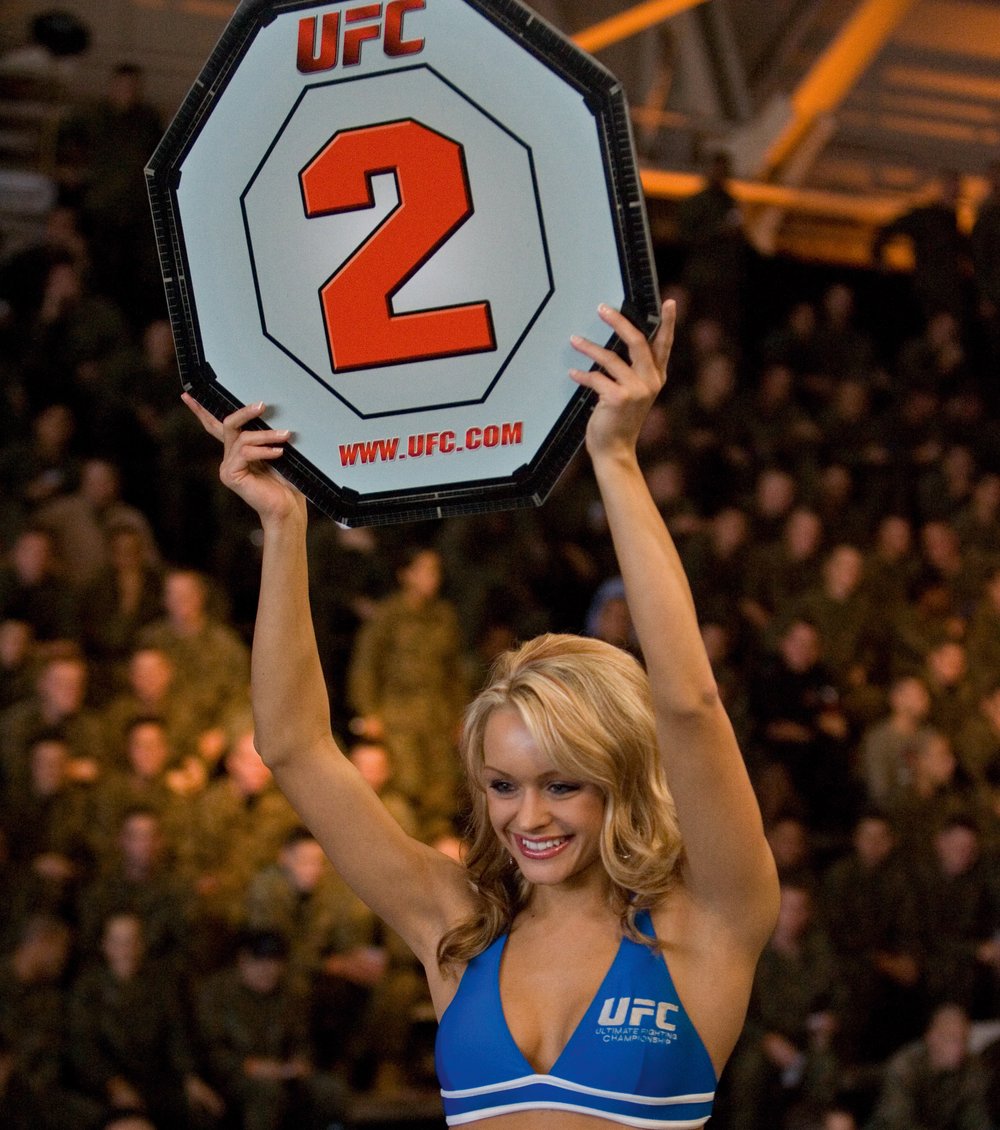
ROUND 2: THE COMEBACK KID’S PLAYGROUND
The second round often feels like a new fight. According to the above study, fighters roar into Round 2 with renewed focus and surprising bursts of energy. The cardio fairy plays a visit and sprinkles a little combo juice into the lungs. Both athletes have had time to assess their opponent’s weaknesses, adjust their strategy, and make calculated moves. Many coaches call this the round of adaptation, where skill and intelligence trump brute force. The greats like GSP and Oliveira love nothing more than a second-round G-up. However, the statisticians don’t always view Round 2 as the time and place for the hero’s arc. The paper in Frontiers in Psychology reveals a darker side. Fighters who absorb heavy damage in Round 1 struggle to harness the knots lurking in that famous second wind. Instead of mounting a comeback, they often flounder, with fatigue overshadowing their best efforts. Other statisticians take a slightly more balanced view. They note that the second round thrives on strategy. Fighters who conserve energy in Round 1 can capitalize here, riding their opponent’s empty gas tank straight into the winner’s circle. However, this calculated burst has limits - push too hard, and the third round becomes an uphill marathon in quicksand.

ROUND 3: THE GRAVEYARD OF DREAMS
By the third round, survival outweighs strategy. Research published in Frontiers in Psychology analyzed over 13,000 fight-specific behaviors from 74 female MMA fights. It revealed that metabolic fatigue dominates this stage of a fight, with their pacing strategies shifting toward self-regulation. Similarly, a study in the journal Sports examined over 20,000 athletes and found that this round is where conditioning - or lack thereof - becomes painfully apparent. Well, unless you’re a cardio freak like Merab or Volkanovski. Most run-of-the-mill pro fighters slow down. Their movements lose a few inches of precision, and even the sharpest strikers can resemble a Jack Daniels loving brawler. Even though victory is moments away, it’s the grind round, the one that separates the relentless from the resilient. Yet, it’s not just about fitness.
The Frontiers in Psychology study emphasizes that mental toughness and efficient pacing often outweigh raw athleticism in the final moments. While overall intensity may drop, fighters with strong fight IQ can eek out small windows for counterattacks or positional dominance that often defines the outcome. This plays out differently in each weight class. A paper in the Journal of Human Kinetics looked at how weight class and competitive level affect fatigue during MMA fights, particularly in the crucial later rounds. Lightweight elites (LE) started strong, landing more offensive moves than lightweight pros (LP), but their high-energy style came at a cost. By the third round, LE had the biggest increases in perceived exertion (RPE) by the third round.
On the other hand, heavyweight pros showed higher heart rates early in the fight but didn’t experience the same drastic RPE increases as the lighter fighters, suggesting they paced themselves better. While lightweights bring speed, heavyweights manage their energy more effectively as the fight progresses, proving the third round is as much about strategy as stamina. Those who push past exhaustion, keep their fundamentals sharp, and stay mentally composed often leave with their hands raised - even if it’s by decision.
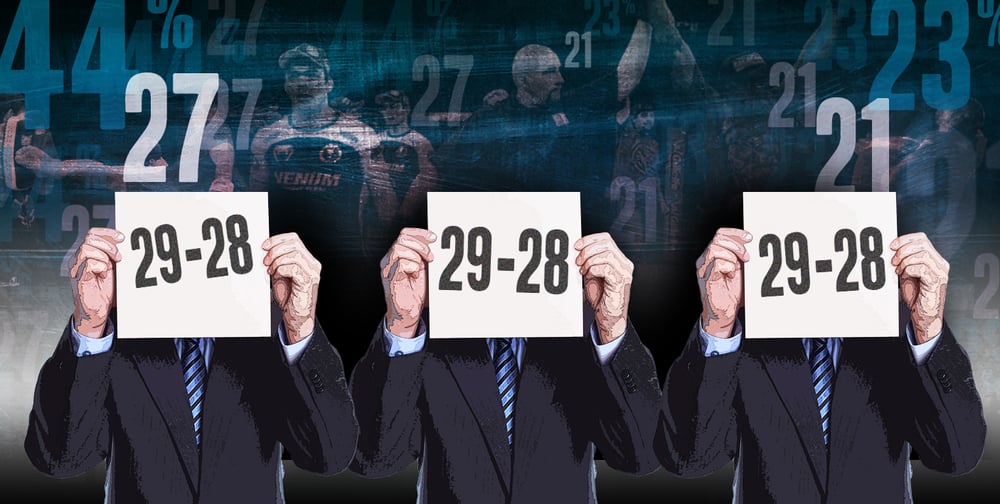
WINNING OVER THE JUDGES
Judging in MMA is less an exact science and more a chaotic dance of criteria, where everything from aggression to Octagon control is up for interpretation. The paper titled Improving MMA Judging with Consensus Scoring: A Statistical Analysis of MMA Bouts from 2003 to 2023 highlights that those quirky decisions that get the fans up in arms often come from inconsistent application of scoring rules. While fighters can’t control the peculiarities of human judgment, they can undoubtedly sway things in their favor by playing to what judges love to see: dominance, activity, and those juicy, highlight-worthy moments.
Papers like this show that judges feel a ripple in the silk of their kimonos when a fighter looks like they’re calling the shots, whether it’s cutting off the cage, landing clean head strikes, or imposing their will on the ground. Forget those lazy clinches or half-hearted takedown attempts. They’re nothing more than lukewarm tea. Instead, fighters should focus on delivering decisive moments that scream, ‘I’m the alpha dog.’ According to A Markov Chain Model for Forecasting Results of Mixed Martial Arts Contests, significant strikes, visible damage, and consistent forward momentum rack up points and leave a winning impression judges can’t ignore.
THE COACHES ROLL
Mid-fight adjustments are a game-changer led by the corner. Judges notice when fighters adapt their strategy, turning the tide of a round like a chess master spotting a vulnerable king. And if the first two minutes of the round went poorly, fighters can salvage it by ending on a high note. This means aggressive flurries and clean strikes in the final moments can make up for earlier lapses. Think of it as a strong closing argument in a courtroom; it sticks in the mind, even if the rest of the case was shaky. In the end, it’s not just about skill - it’s about optics. What do people remember? A fighter who lands two big shots and holds the top position for 30 seconds can win a round over someone who threw a hundred pitter-patter punches. Coaches would be wise to train their athletes to think like judges and deliver undeniable performances. Whether it’s a thudding leg kick, a head-snapping jab, or a takedown straight out of a wrestling highlight reel, fighters must leave an impression long after the round. It’s a thinking fan’s game. Strategy and adaptability rule because knowing when to bet on brains over brawn is how to get an edge.




